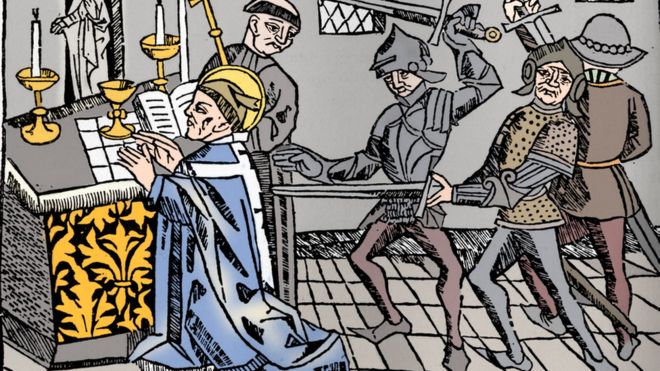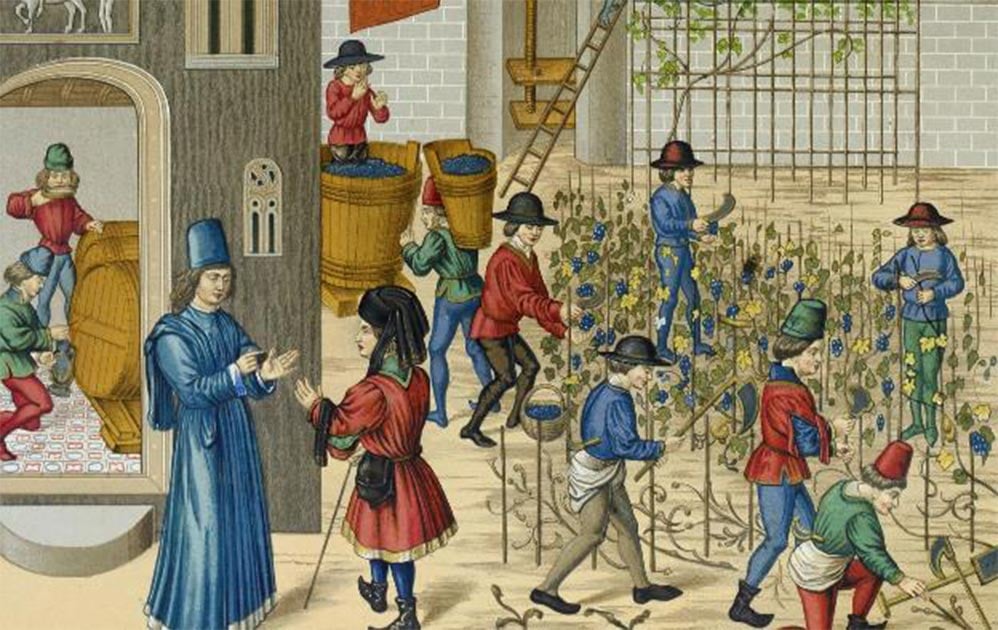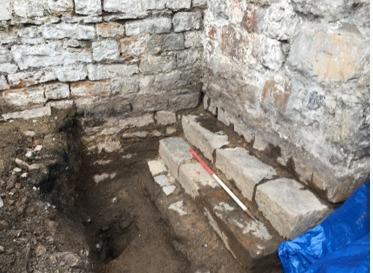A reconstruction of Spiš Castle in eastern Slovakia.
BUDGET DIRECT
While some centuries-old castles are still standing tall, others haven’t withstood the ravages of time, war, or natural disaster quite as well. To give you an idea of what once was, Australia-based insurance company Budget Direct has digitally reconstructed seven of them for its blog, Simply Savvy.
Watch below as ruins across Europe transform back into the formidable forts and turreted castles they used to be, courtesy of a little modern-day magic we call GIF technology.
1. SAMOBOR CASTLE // SAMOBOR, CROATIA
The only remaining piece of the 13th-century castle built by Bohemia’s King Ottokar II is the base of the guard tower—the rest of the ruins are from an expansion that happened about 300 years later. It’s just a 10-minute walk from the Croatian city of Samobor, which bought the property in 1902.
Read the rest of this article...





